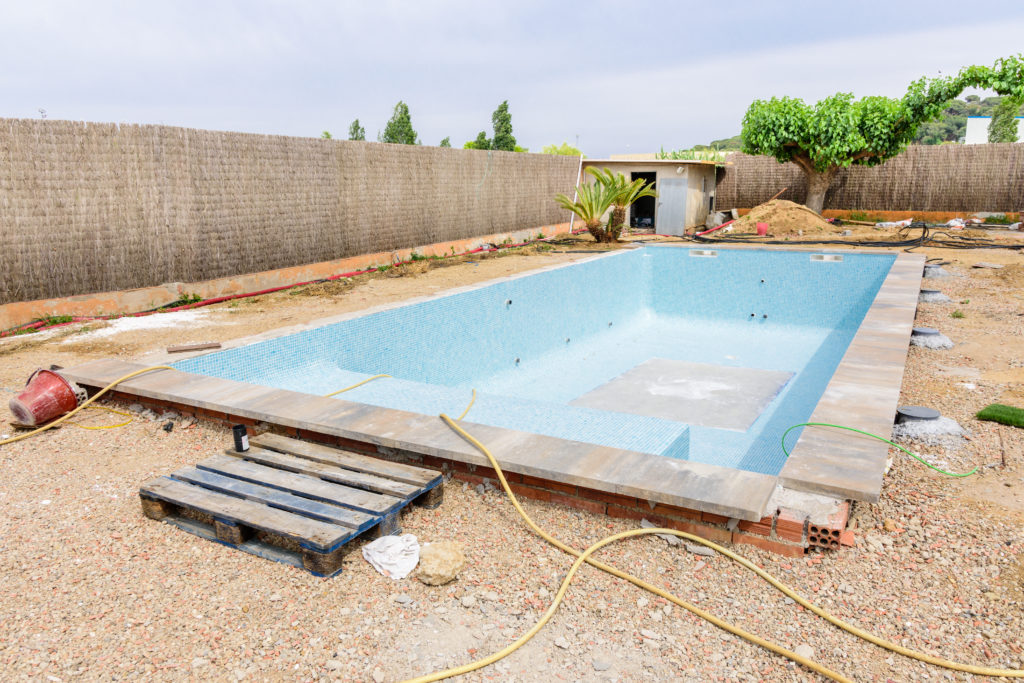Upgrading your home isn’t as simple as it might seem. Installing marble countertops or a big swimming pool in the backyard might seem like a no-brainer, but you’re just as likely to lose money as you are to boost your home value.

The reason is simple: You’ve got to upgrade to the market, not your personal tastes. Even if prospective buyers like the $20,000 wine cellar you added, they may not want to pay $20,000 extra when it comes time to negotiate the sale price. If they don’t, you’ve just lost a lot of money that you could have put toward home-selling expenses.
Whether you’re selling with a five-star agent or posting your for-sale-by-owner listing online, you’ll want to consider your home upgrades carefully. Here are the most common upgrades that don’t add value when selling your home.
Although new carpet was once considered a tried-and-true upgrade, wall-to-wall carpeting is no longer a popular feature for today’s buyers. Many buyers have concerns about allergens and contaminants in carpet, and they would prefer a simple wood floor. That should be good news because refinishing or installing a new wood floor usually costs less than new carpeting.
Combining a smaller bedroom and the owner's suite to create a bigger space with a sitting area and walk-in closet can result in a very attractive and eye-catching home. The problem is that you’ll lose an entire bedroom. In general, the more bedrooms a home has, the more it sells for. That means whatever bump in value the deluxe owner’s suite provides will be canceled out by the decline in value from losing a bedroom.
When it’s time to list your home, one of the first things your agent will discuss with you is “curb appeal.” The entrance to your home is important because it makes an impression on buyers the moment they approach your property. One of the biggest factors in your home’s curb appeal is landscaping. If you have a poorly-maintained or overgrown yard, buyers may feel like your property is distressed, even if the home itself is in great shape.
However, going overboard on landscaping with elaborate features, such as sculptures, water fountains, and terraces, is almost always a money-losing proposition because it will cost far more than the bump in home value they provide.
When it comes to landscaping, just make the yard look neat and trimmed. If it needs color, plant some simple flowers.
Many people think a swimming pool is the ultimate home feature, but adding a pool can alienate as many buyers as it attracts. Not only is pool maintenance a significant ongoing cost, it can increase your homeowners insurance premiums. Families with young children may have safety concerns.
Studies have found that a swimming pool only boosts your home value by 7% max.
The exception to this rule is if you live in a neighborhood where every other home has a pool. In that case, you’ll definitely want to bring your property up to the general standard, even if you have to finance your renovations with credit cards.
Smart-home technology is hot right now and getting more popular every day. The number of smart homes has more than doubled since 2017. That explosive growth has been accompanied by explosive innovation, and smart-home tech from five years ago is already outdated.
There’s no reason to think the pace of innovation is going to slow, so any smart-home feature you install today may be obsolete in a year or two. Any tech-centric upgrades, such as home theater or audio systems, age poorly and start losing value as soon as they're installed.
Upgrading major systems, such as the plumbing, electrical, or HVAC, may seem like a good idea. After all, these systems are the backbone of the home. It stands to reason that a buyer would appreciate any upgrades.
But what many sellers fail to understand is that buyers expect those systems to be in tip-top shape. Your home values won’t increase from these upgrades because it’s already assumed that they’re in good condition. From the buyer’s perspective, even something as major as a new roof is already baked into the home value.
If a major home system needs to be replaced at the time of listing, it’s almost always better to disclose it to the buyers, negotiate the price accordingly, and let them fix it.
When you’re making upgrades to your home, it’s important to keep everything consistent and of the same quality. Adding high-end, luxury finishes in the owner’s suite while the rest of the house still has mid-range finishes, isn’t going to give you a big value boost. More likely, it’ll make the rest of the house look unfinished in comparison.
Everyone appreciates a nice kitchen. But if you drop $60,000 on marble countertops and buy top-of-the-line appliances, you almost certainly won’t recover your investment — although you'll have a very nice-looking kitchen. There’s a safe middle path for home upgrades. Just as you wouldn’t redo a home with the cheapest finishes, don’t go too expensive either.
Much like a swimming pool, there are a lot of buyers who would love to see a wine cellar in their new home. The problem is that there are even more buyers who will be indifferent to a wine cellar and view it as wasted space. If you’re trying to increase your home’s value, it’s a much safer bet to turn that space into an extra closet or general storage area than converting it into a wine cellar.